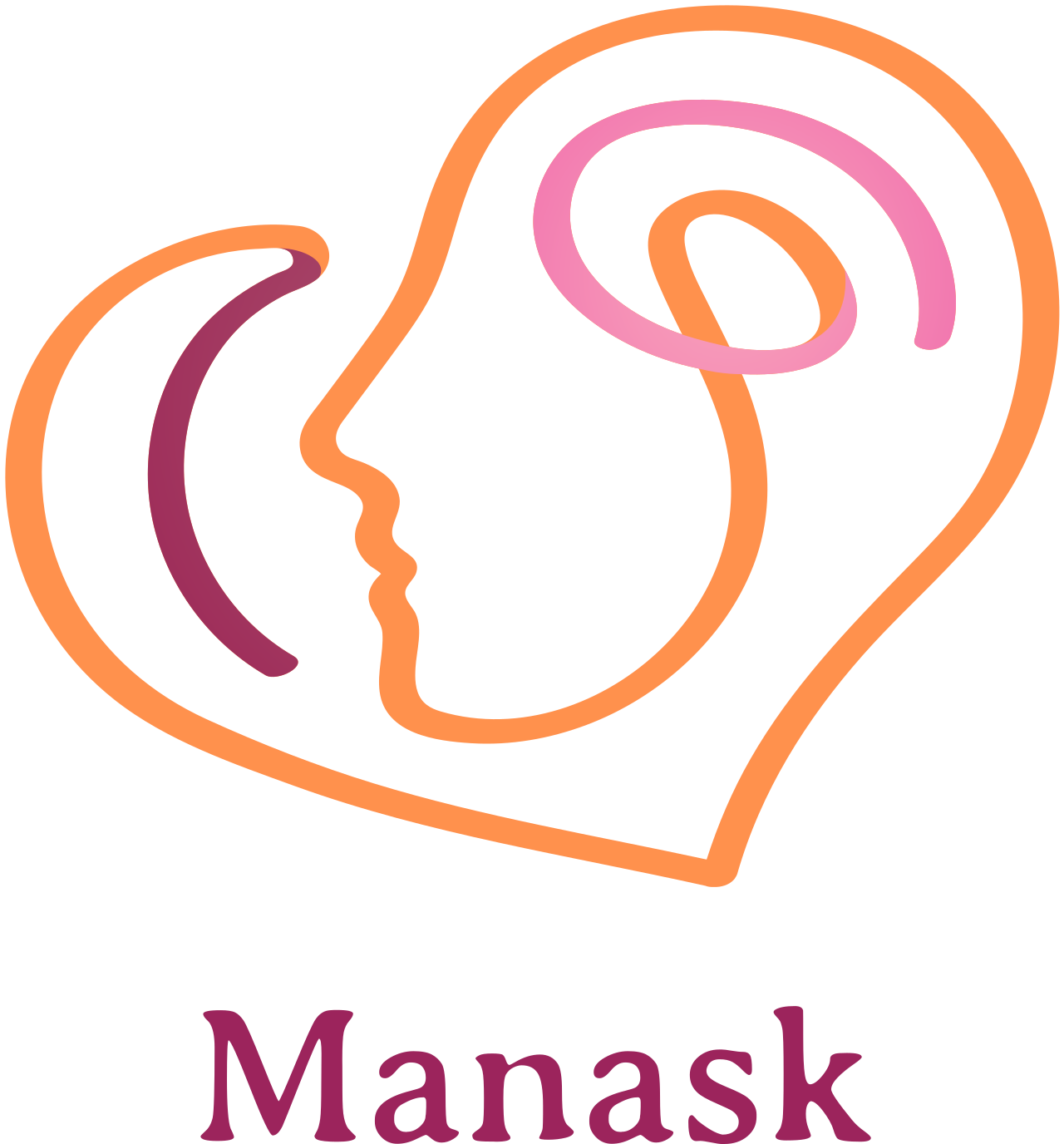Seema Mullick & Maura Chari
Introduction
Expressive Arts Therapy is a powerful and innovative form of psychotherapy that harnesses the creative process to promote emotional healing, self-expression, and personal growth. It is based on the premise that engaging in the creative process can help individuals explore and communicate their thoughts, emotions, and experiences in ways that may be difficult to express through traditional verbal communication alone. The Arts and Psychotherapy, McNiff (1981) observes that expressive therapies are those that introduce action to psychotherapy and that “action within therapy and life is rarely limited to a specific mode of expression” So the expressive arts help engage all the senses and the body to find the capacity to heal that lies within the body.
History
Art making is natural to humans. It had its place in healing and celebrating in most traditional cultures. Expressive arts in Therapy, which uses the capacity of art making and movement as a way of knowing ourselves and of healing is new. Around 1920-30 psychotherapists and artists began to realise that self-expression through the arts can be helpful to people. Training in Expressive Arts Therapy began in 1970 at Lesley University by Pablo Knill, Shaun McNiff, Norma Canner, and others. In 1990 the International Expressive Arts Therapy Association was registered. Since then, Sam Gladding has been instrumental in bringing the expressive arts closer to the work of counselling. Expressive Arts Therapy is grounded in theories of existential Phenomenology, depth Psychology, Humanistic and Systems theories. The arts and Psychology were brought together to facilitate embodied learning and expressiveness.
The Process
Expressive Arts Therapy (EAX) incorporates a range of art forms, including visual arts (painting, drawing, sculpture), music, dance, drama, writing, and more. This multimodal approach allows individuals to choose the medium that resonates most with them, making it accessible to a diverse range of clients. However, EAX it is not about producing aesthetically pleasing artwork or performances . Instead, it places the emphasis on the creative process itself. Clients are encouraged to explore their thoughts, emotions, and experiences through their chosen art form, allowing for a deeper understanding of their inner world.
Benefits of Expressive Arts Therapy
Expressive Arts Therapy provides a safe outlet for individuals to express emotions that may be difficult to articulate verbally. Through creative activities, clients can externalize their inner struggles and gain insight into their feelings. Engaging in the creative process encourages self-reflection and introspection. Clients often discover hidden strengths, confront unresolved issues, and gain a deeper understanding of themselves. The act of creating can be inherently relaxing and stress-reducing. Engaging in creative activities can help lower anxiety levels and promote a sense of calm.
